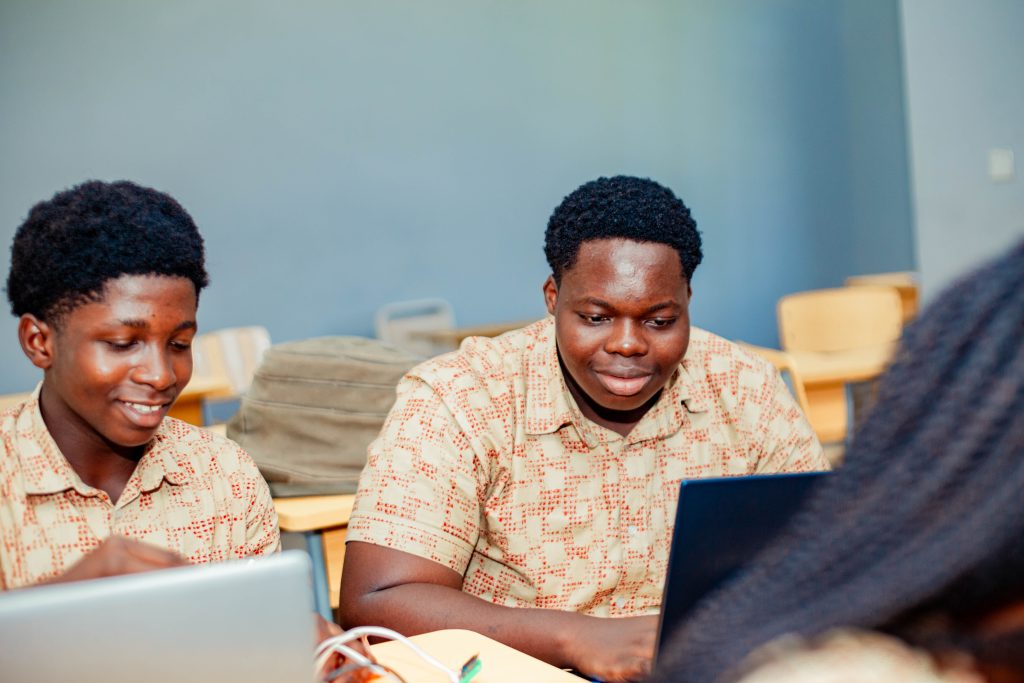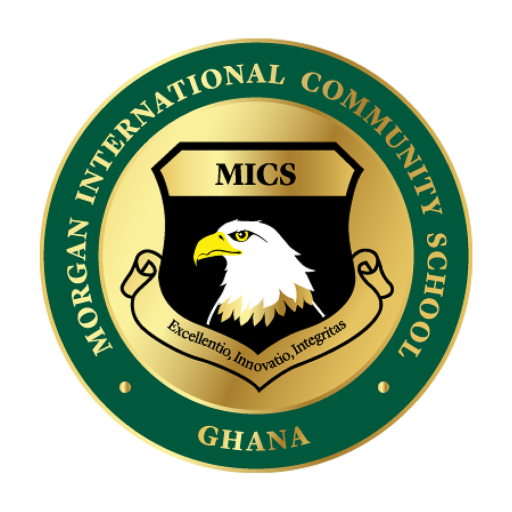Key Points at a Glance
Social media can be a powerful tool for collaborative learning, research, and personal growth.
Teachers and schools can use digital platforms to extend classroom experiences and build 21st-century skills.
Students can learn digital responsibility and positive influence by engaging purposefully online.
With the right guidance, social media can become a space for curiosity, creativity, and global connections.
Social media has evolved to become a tool for more than entertainment — it’s a digital classroom, a professional network, and a platform for global impact. While often criticized for its distractions, social media, when used wisely, offers students and educators endless opportunities for learning and personal development. From connecting with experts to accessing academic content and collaborating with peers, the possibilities are vast.
This article explores how social media can be used as a learning tool and a platform for positive influence, especially in schools that embrace innovation, such as Morgan International Community School (MICS) in Gomoa Manso, Central Region.
1. Social Media as a Learning Tool
a. Access to Educational Content
Social media platforms like YouTube, X (formerly Twitter), Instagram, and TikTok have become hubs of educational content. Students can follow subject-specific pages, watch explainer videos, or even join live sessions hosted by professionals and educators around the world.
For example, science experiments, historical documentaries, coding tutorials, and language lessons are all available at the tap of a screen. These resources allow learners to supplement what they’re taught in school or explore new subjects independently.
b. Real-Time Collaboration and Peer Learning
Through group chats, class forums, and shared digital workspaces, students can collaborate on projects, study together, or brainstorm ideas. Platforms like Google Classroom, WhatsApp, and Discord encourage peer-to-peer learning, making studying feel less isolated and more interactive.
2. Developing Digital Literacy and Research Skills
a. Critical Thinking and Source Evaluation
Using social media as a research tool teaches students how to differentiate between credible information and misinformation. They learn to verify sources, cross-reference content, and practice digital skepticism — essential skills for academic excellence and life beyond school.
By exploring educational pages or academic forums, learners gradually build digital literacy, which is a vital 21st-century skill.
b. Personalized Learning Opportunities
Social media allows users to follow what truly interests them. Whether it’s learning a musical instrument, exploring art, or developing entrepreneurial skills, students can find content that suits their passion and pace.
With guidance from teachers and parents, students can curate feeds that enrich their personal learning journey.

3. A Platform for Positive Influence and Global Impact
a. Amplifying Good Messages
Social media gives every student a voice. When guided well, they can use this voice to promote kindness, awareness, and solutions to problems in their communities. They can share school projects, raise funds, or speak up about global issues.
This helps build not only communication skills but also empathy, leadership, and a sense of responsibility.
b. Building a Positive Digital Footprint
What students post today may shape their future. Teaching them to use social media positively means showing them how to create a respectful, informed, and professional online presence.
At MICS, students are encouraged to be digital citizens, aware of their influence and conscious of the content they share.
4. How Educators Can Guide Social Media Learning
a. Integrate Social Media in Teaching
Educators can use social platforms to create polls, share thought-provoking articles, or give real-world examples of classroom concepts. Platforms like Padlet, Edmodo, or a class blog can be used to encourage participation and reflection.
Educators at MICS, for example, often use digital platforms to showcase student projects and celebrate achievements, blending classroom teaching with global engagement.
b. Model Responsible Use
Teachers and school leaders must model ethical and constructive use of social media. This means maintaining professional boundaries, avoiding misinformation, and using social platforms to uplift and educate.
By modeling this, teachers not only inspire students to do the same, but also create a culture of thoughtful digital behavior.
5. Safety First — Teaching Digital Boundaries
While social media offers benefits, it also presents risks such as cyberbullying, screen addiction, and exposure to harmful content. Schools and parents must educate children about online safety and implement clear guidelines for responsible use.
Digital safety education is a key part of the learning environment at MICS, where students are taught to balance screen time, protect their privacy, and report unsafe situations.
Final Thoughts
When used with intention, social media is a powerful tool for learning and leadership. It can ignite curiosity, build community, and prepare students for a digitally connected world. The key lies in proper guidance, critical thinking, and a focus on positive influence.
Institutions like Morgan International Community School (MICS) continue to lead the way by blending innovation with values, preparing students to thrive online and offline.
